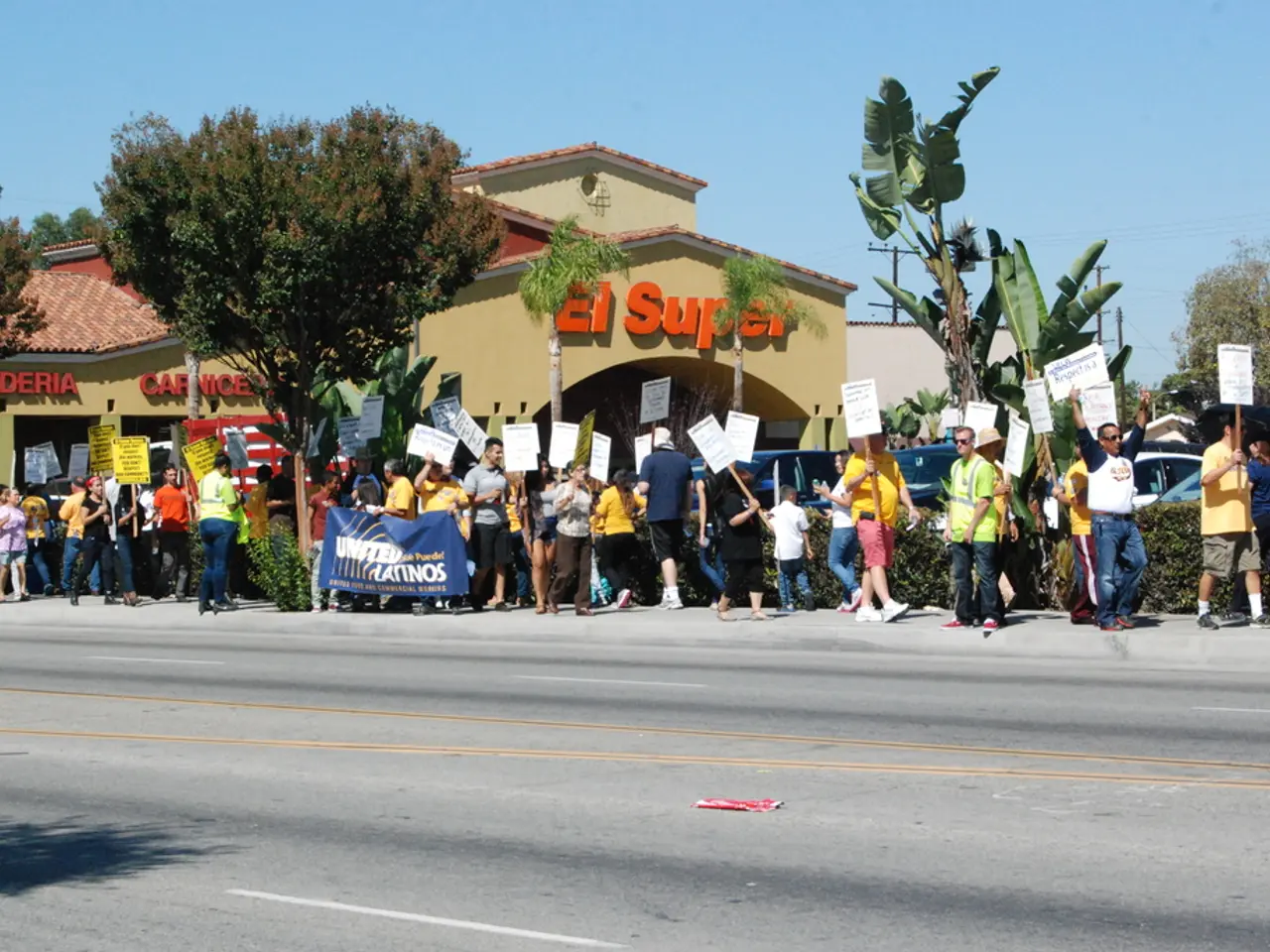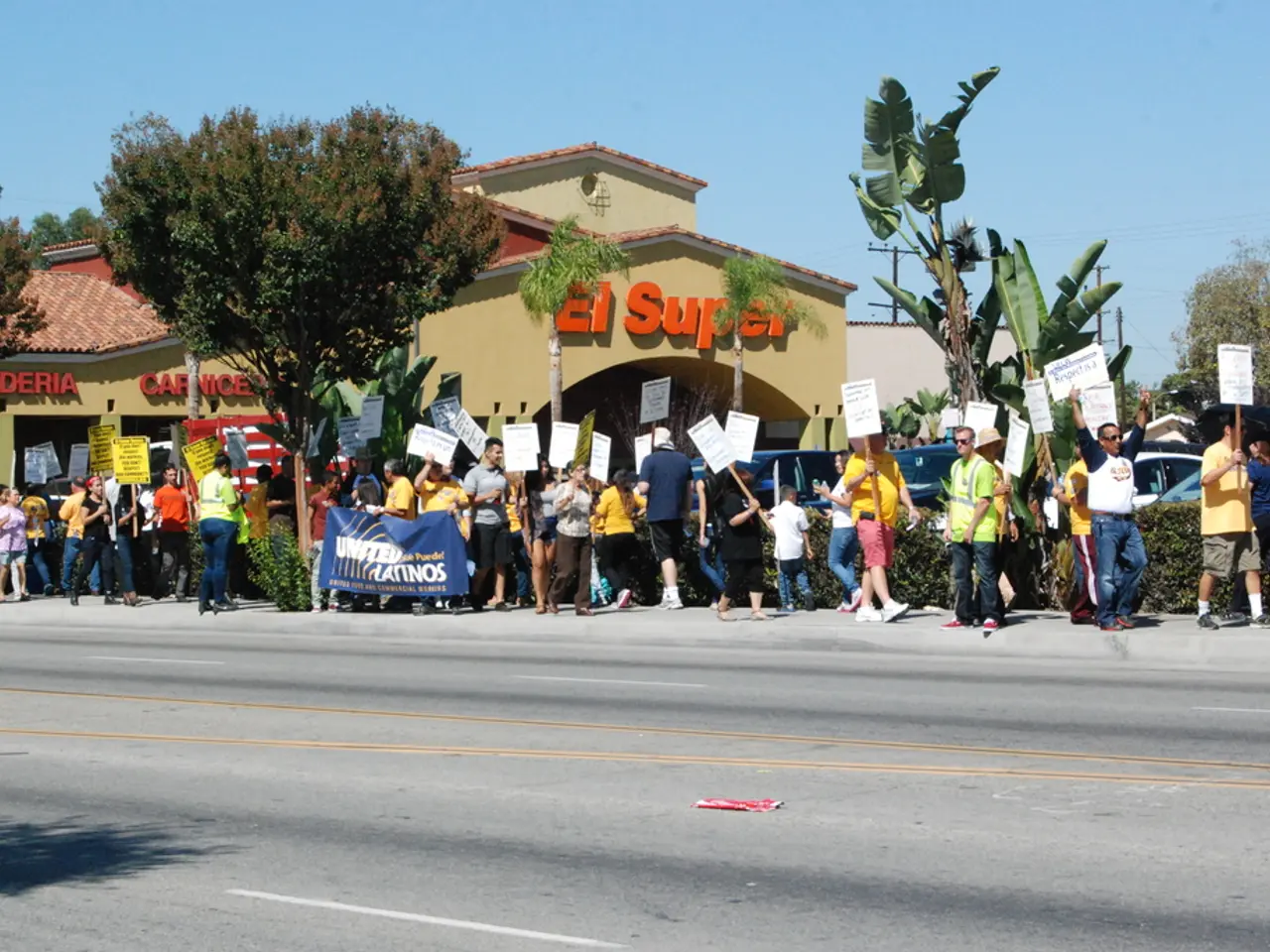Implications for state and local authorities following the Loper Bright decision
The recent Supreme Court decision in Loper Bright Enterprises v. Raimondo has marked a significant turning point in administrative law, officially ending the longstanding federal doctrine of Chevron deference. The Court ruled 6-2 to overrule Chevron, asserting that federal courts are not obligated to defer to federal agency interpretations of ambiguous statutes, as agencies do not possess special competence in resolving statutory ambiguities[1].
### Implications for Federal and State Administrative Law Deference
The decision in Loper Bright has brought about a significant shift, dismantling Chevron’s presumption that courts must uphold reasonable agency interpretations when statutes are ambiguous. While it does not retroactively overturn prior Chevron-based decisions, its full implications are still unfolding as lower federal courts adjust their approaches, sometimes inconsistently, especially with respect to other deference doctrines like Skidmore or Auer[2].
In the state context, several states are following suit or explicitly rejecting deference doctrines. For instance, Kentucky passed legislation codifying that no legal deference is owed to state administrative agencies’ statutory interpretations, requiring courts to apply *de novo* review to such questions of law[3]. This marks a clear break from previous deference traditions at the state level.
The Kentucky law clarifies that courts must independently interpret statutes without deferring to an agency’s construction, reinforcing judicial supremacy on legal questions and echoing the logic of Loper Bright. This law survived a veto attempt on constitutional grounds asserting that judges must have discretion in interpreting law independently of agency views[3].
### Ongoing Developments and Varied Approaches
Lower courts at both federal and state levels continue to grapple with the implications of Loper Bright, with some specialized agency deference doctrines (such as deference to the NLRB) also under scrutiny. Some commentators argue that Loper Bright initiated a broader re-evaluation of agency deference that could lead to the end of other deference standards, while others expect continued debate and incremental doctrinal evolution[4].
Under Loper Bright, when confronted with ambiguous or open-ended statutes, courts must decide which reading is "best," rather than letting agencies decide which reading is optimal. Some states defer only to a state agency's interpretation of its own ambiguous regulations, but not statutes, known as Auer deference at the federal level. However, the Supreme Court has significantly limited Auer deference, and its future may be overruled entirely in the wake of Loper Bright[5].
### Partisan Considerations and Future Implications
Given the partisan split that decided Loper Bright, it is possible that states may reconsider their deference doctrines along partisan lines. However, reconsideration of agency deference may not strictly follow the red vs. blue state divide. For example, states ranging from blue (Delaware) to purple (Michigan and Wisconsin) to ruby red (Arkansas) have already rejected agency deference prior to Loper Bright[6].
It is essential to note that this article is for informational purposes only and does not constitute legal advice. Readers should seek advice from professional advisers before acting upon the information. The views expressed in this article are exclusive to the authors and do not necessarily reflect those of Sidley Austin LLP and its partners[7]. The flexible nature of Skidmore deference means the exact approach developed by each state and the ensuing effect will likely vary significantly[8].
In conclusion, the landscape of administrative law deference is in flux following this landmark decision. States are taking steps to codify non-deference standards, and lower courts are navigating these changes with varied approaches. The future of agency deference, both at the federal and state levels, remains uncertain, with significant implications for legal regimes across the country.
References: [1] Loper Bright Enterprises v. Raimondo, 594 U.S. ___ (2021) [2] Binder, S. (2021). The Chevron Decision’s Aftermath: A Guide for Practitioners. ABA Section of Administrative Law and Regulatory Practice. [3] KY HB 358, 2021 Regular Session (Kentucky General Assembly) [4] Schmidt, A. (2021). The End of Chevron Deference and the Future of Administrative Law. Yale Law Journal. [5] Kisor v. Wilkie, 586 U.S. ___ (2019) [6] States That Rejected Agency Deference Prior to Loper Bright. (2021). National Conference of State Legislatures. [7] Daniel Hay, David Carpenter, and Scott Lowder are partners and an associate, respectively, at Sidley Austin. [8] The Flexible Nature of Skidmore Deference. (2021). National Association of Administrative Law Judges.
1.The Supreme Court's decision in Loper Bright Enterprises v. Raimondo has initiated a significant shift in policy-and-legislation, particularly in the realm of administrative law, by ending the longstanding federal doctrine of Chevron deference, thus introducing changes that extend to general news around deference practices at both federal and state levels.
- In the wake of Loper Bright, politics is playing a role in the reconsideration of deference doctrines, with various states, such as Kentucky, explicitly rejecting agency deference and codifying that courts must apply de novo review to statutory interpretations by state administrative agencies, marking a clear break from previous deference traditions.




